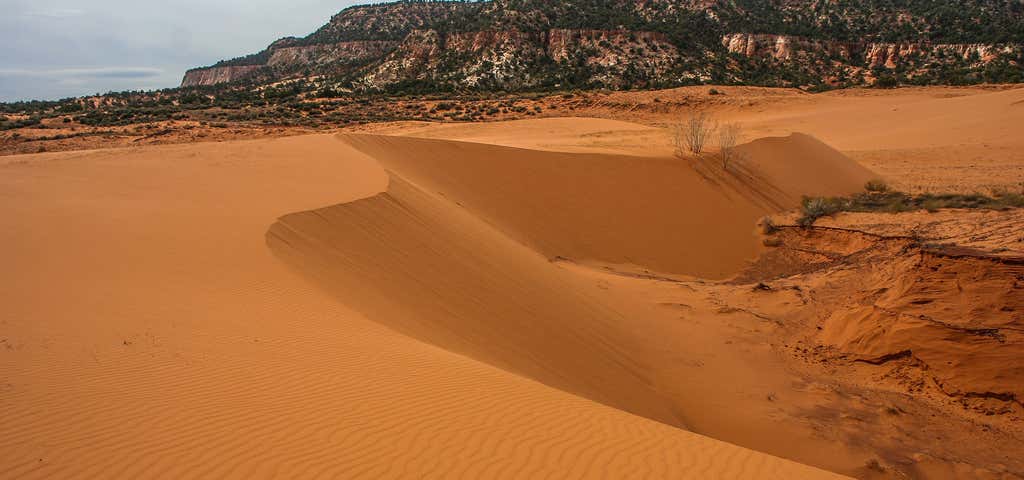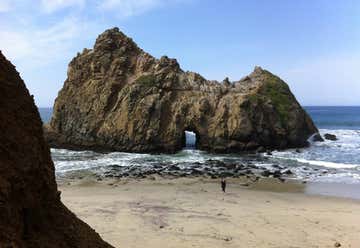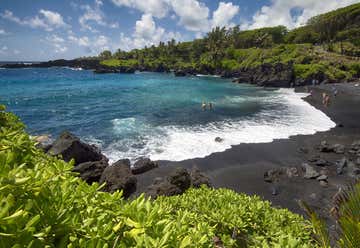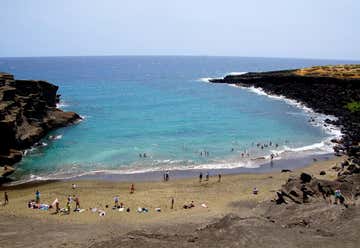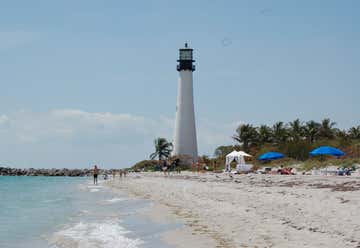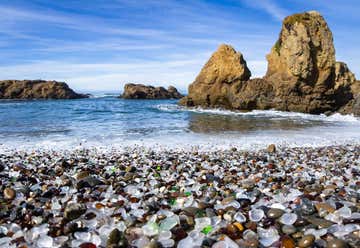Whether you find sand between your toes relaxing or annoying, there’s no denying that it’s a crucial part of the beach experience. Even if it does have a tendency to find its way onto your towel (and even into your food, oh God, how did that much sand get in there?) it's still great for sandcastles and shell-spotting. Sometimes, the sand is even the main attraction. Here’s some gorgeous colored sand you won’t mind getting in your bathing suit bottoms. At least, maybe not as much as usual!
As if Big Sur couldn't get any more magical! The sand at Pfeiffer Beach is so opulent and luxurious- when else can you sunbathe on semi-precious gems? The swirls of finely ground manganese garnet, which eroded from the hills above the beach, make the sand here appear to be streaked with shades of purple, and sometimes even pink or green. Pro tip: the best time to see the bright colors of the beach is just after a winter storm, when erosion is more severe.


Photo Credit: Flickr/Steve Jurvetson
Lay out your towel on the volcanic black sand at Maui's Wai’anapanapa State Park. The microscopic fragments of lava make for a dramatic view, as do the lava tubes, caves, and other stunning rock formations at this hidden gem of a beach- just be careful, as the sand gets so hot that it can burn you. It helps to wear shoes, and to cool off in the surrounding freshwater pools.


Photo Credit: Flickr/Michael Wifall
It may just look like seaweed, but the explanation for the green sand at this beach is actually much more than that. A collapsed cinder cone, eroded by the ocean, causes this rare phenomenon at Papakolea Beach, adding the mineral olivine into the otherwise normal sand. Olivine, when it's of gemstone quality, goes by the name "peridot". There are only three other green sand beaches in the world, in Norway, Guam, and the Galapagos Islands. Definitely visit this beach while it's still green: eventually, the cinder cone will erode away entirely and there won't be any olivine left in the sand.


Photo Credit: Wikimedia Commons

Nothing says “vacation” quite like blue water and soft white sand. Bill Baggs Cape has some of the whitest sand in the US. What could be better than laying down and taking a nap on the sugar-white crystals? White sand is usually made of finely ground coral and shells, as opposed to other rocks or minerals that create other kinds of sand. All that combined with the calm, warm waters make it one of the top beaches in America!
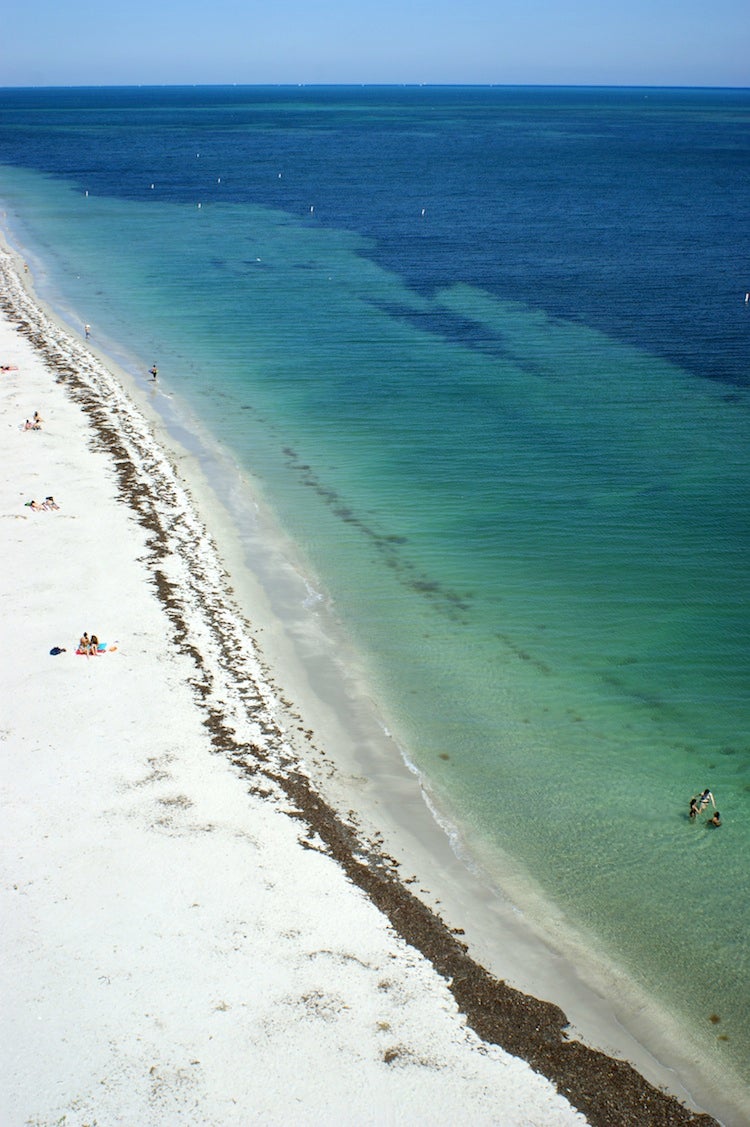

Photo Credit: Flickr/Chun Hung Eric Cheng
The sand at Fort Bragg Beach doesn’t look like much from far away, but under a microscope, it’s pretty cool- the sand is made of multicolored glass. In the early part of the century, people used the beach as a dump, tossing trash, even old appliances off the cliff. It was closed in 1967, and the ocean reclaimed the beach, breaking down the trash and turning the discarded glass into sand. What was once an eyesore, Mother Nature made beautiful again, and it was cleaned up and reopened to the public in 2002. Yes, it's very pretty, but don't even think about taking any for yourself! People taking the sand from Glass Beach is a constant problem, so beachgoers are asked to leave the glass on the shore for others to enjoy.


Ok, so it technically isn’t a beach, but these pretty pink sand dunes at Coral Pink Sand Dunes State Park are too cool to leave off the list. The red rocks (made of Navajo sandstone) in this desert state park erode into coral-hued dunes of sand that are perfect for hiking, ATVing, photographing, and sand castle-building.


Photo Credit: Wikipedia

Photo Credit: Wikipedia
Roadtrippers
Roadtrippers helps you find the most epic destinations and detours—from roadside attractions to natural wonders and beyond.
